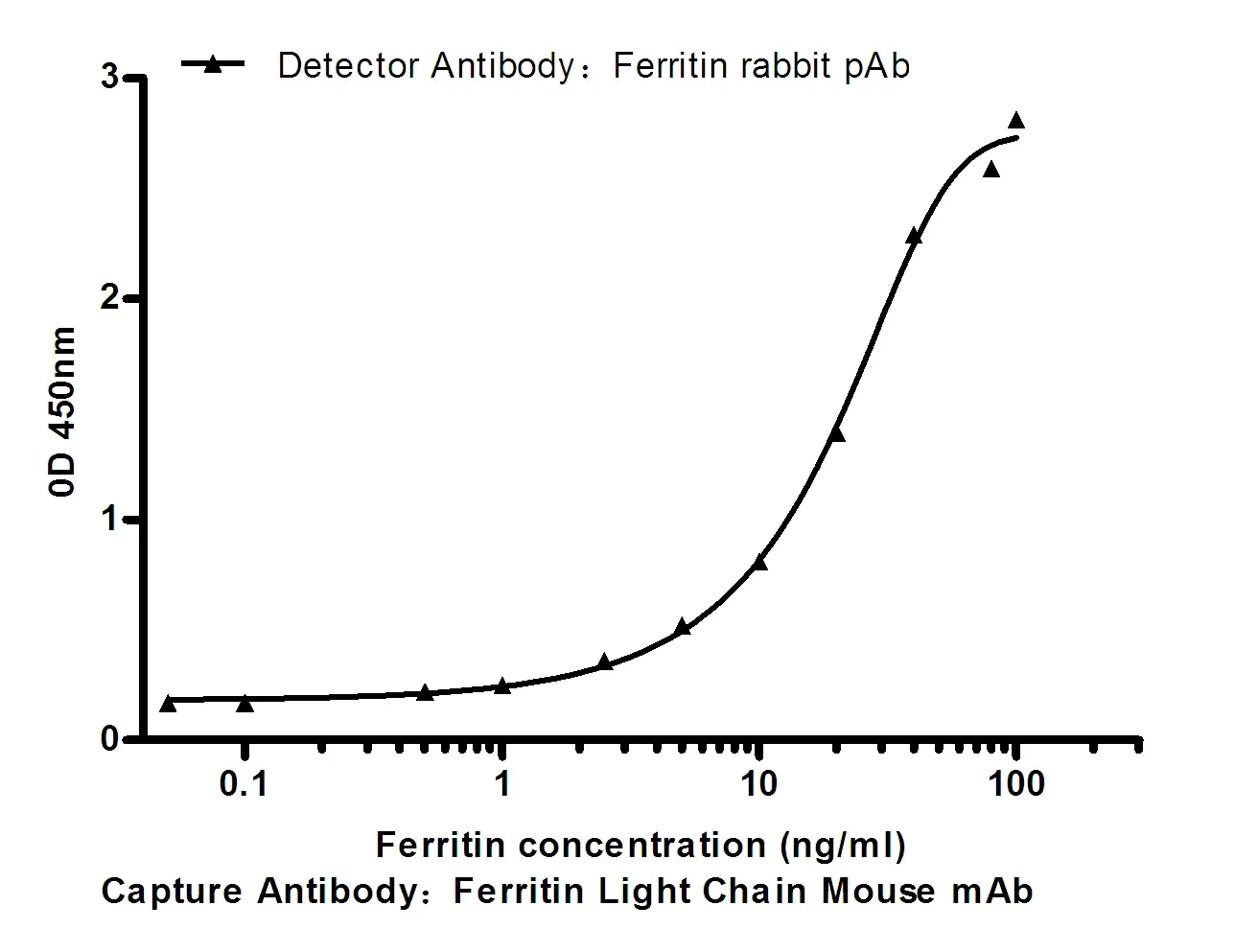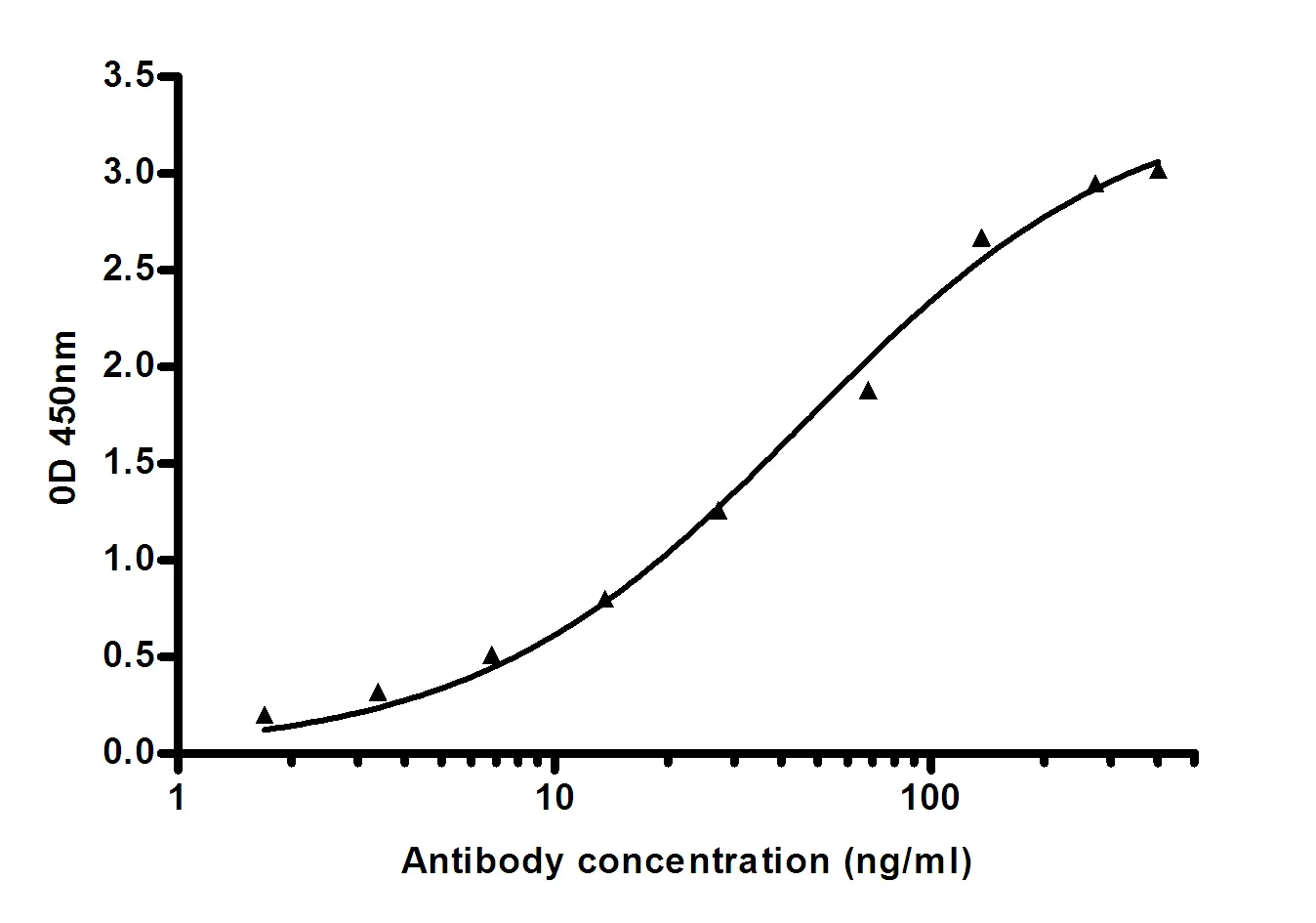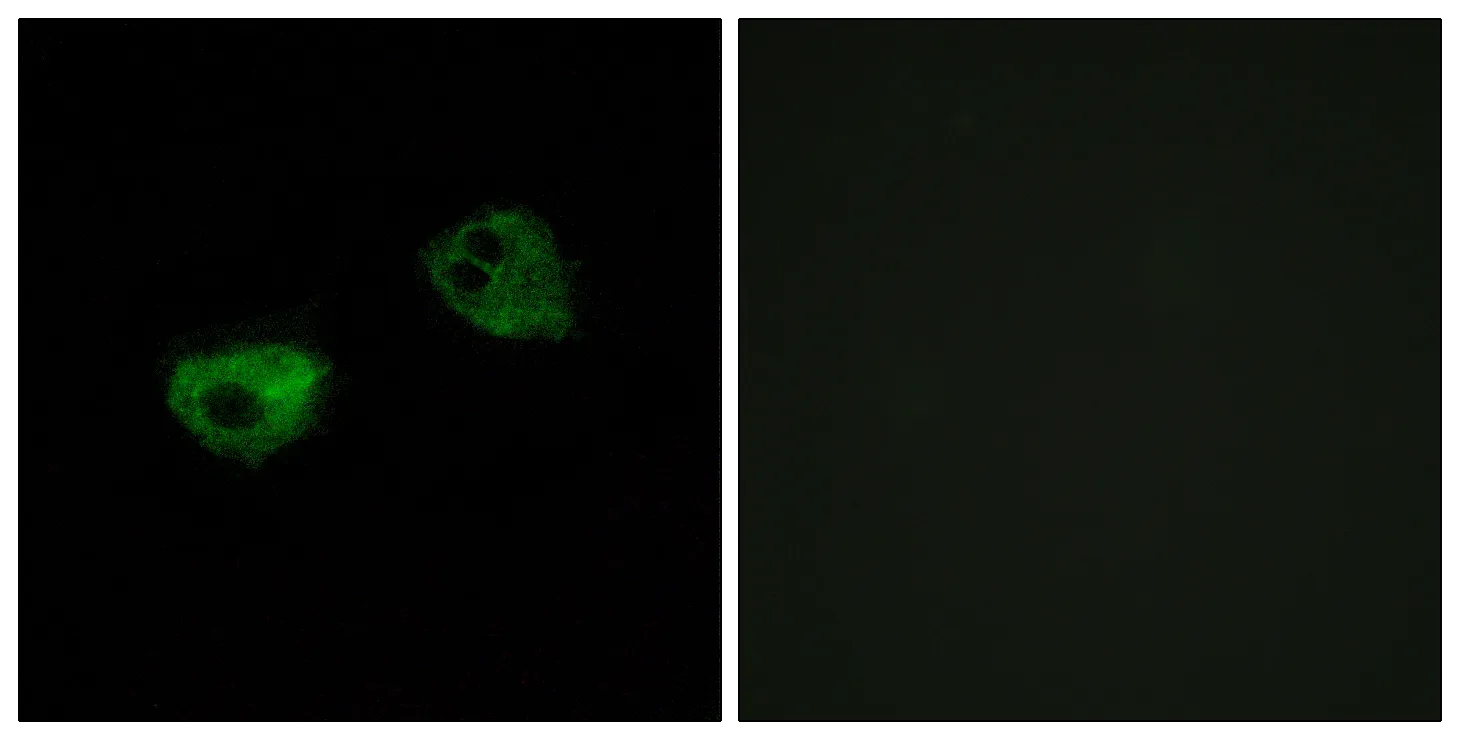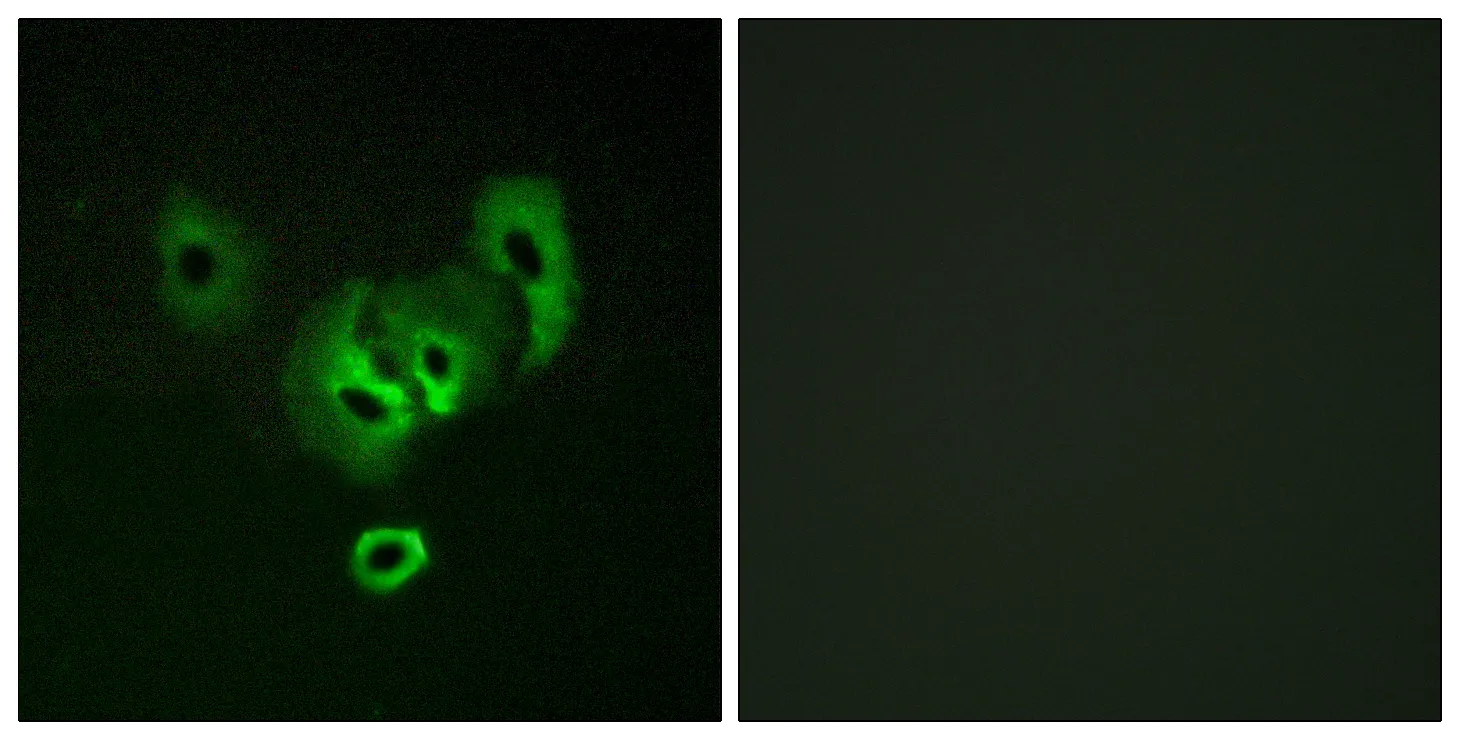Summary
Performance
Immunogen
Application
Background
amyloid beta precursor protein binding family B member 2(APBB2) Homo sapiens The protein encoded by this gene interacts with the cytoplasmic domains of amyloid beta (A4) precursor protein and amyloid beta (A4) precursor-like protein 2. This protein contains two phosphotyrosine binding (PTB) domains, which are thought to function in signal transduction. Polymorphisms in this gene have been associated with Alzheimer's disease. Alternative splicing results in multiple transcript variants. [provided by RefSeq, Oct 2009],function:May modulate the internalization of beta-amyloid precursor protein.,similarity:Contains 1 WW domain.,similarity:Contains 2 PID domains.,subunit:Binds to the intracellular domain of the beta-amyloid precursor protein.,
Research Area




